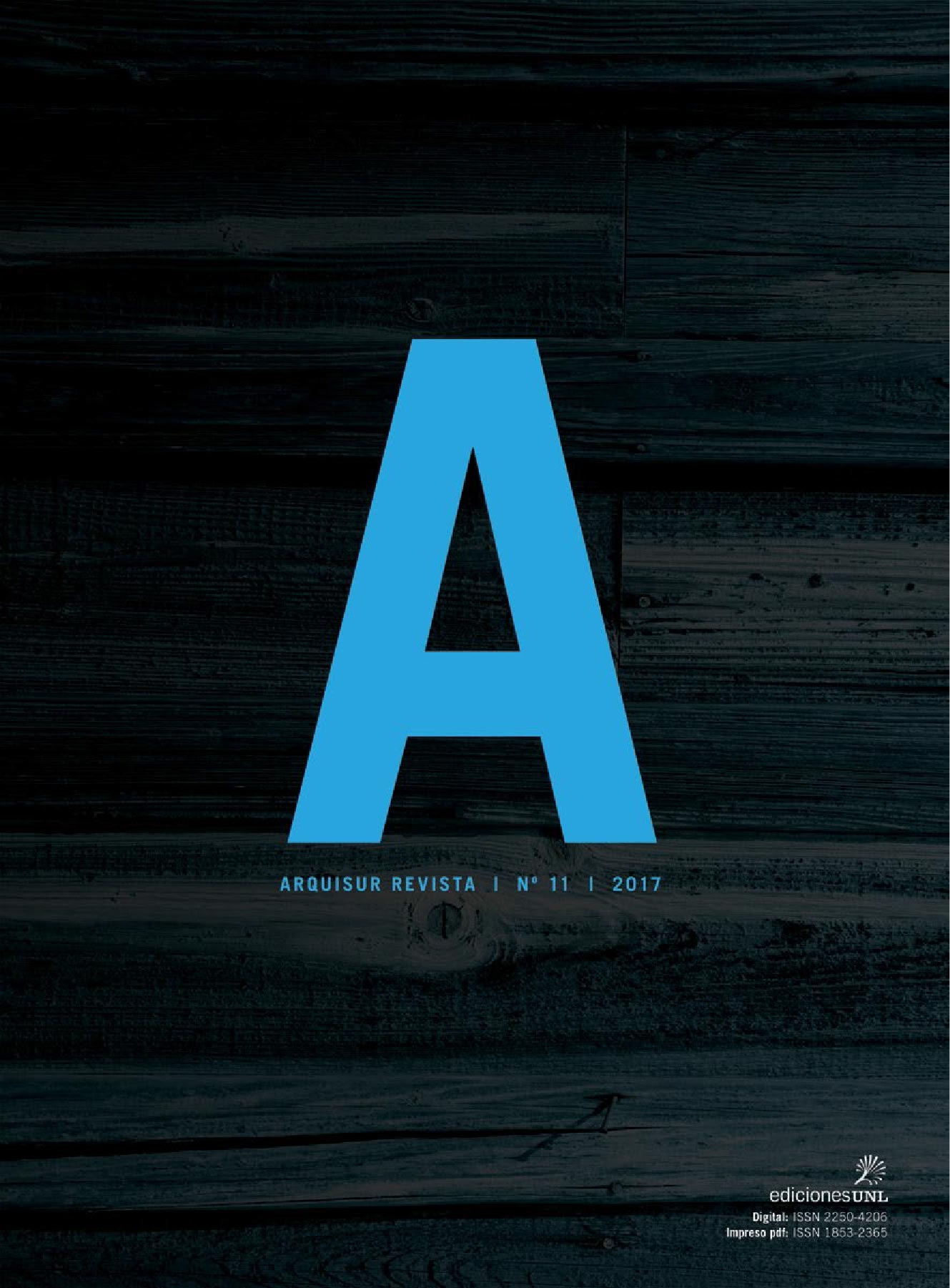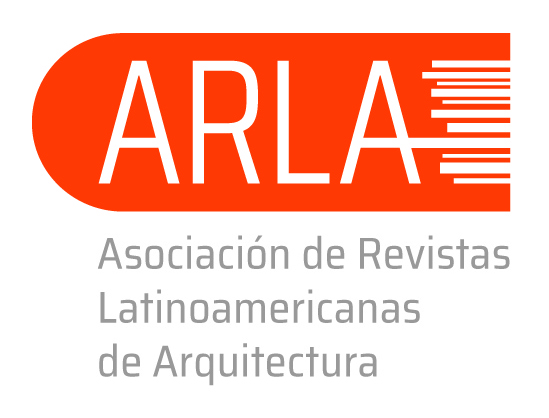Teshima Art Museum
Espacio arquitectónico, experiencia perceptiva y manipulación de la escala
DOI:
https://doi.org/10.14409/ar.v7i11.6676Keywords:
architecture; art; scales; perception; creative processAbstract
Architectural space, perceptual experience and scale manipulation The present reflection paper develops, with a look strongly based on the direct experience of the space, and the goal to generate a balanced textual and visual discourse, a deepening in the design process involved in a singular work: the Museum
of Art of Teshima. The museum is an initiatory work, without previous references, that finds its identity in the balance between architecture and art, and between art and nature, and unfolds itself in a conceptual space in which formal, expressive, functional and technical performances a re closely intertwined.
The reflection is developed considering two main aspects: the perceptual experience and the manipulation of the scale, using a sieve of design attributes that includes among others: object quality, pregnance,
abstraction, figuration and analogy, perceptive and haptic experience, fluency, scale of observation, and time perception.
The work is a further developing of a previous research centered on the study of scale, as a fundamental attribute of the design process.
Published
How to Cite
Issue
Section
License
ACCESO ABIERTO
ARQUISUR Revista es una publicación de acceso abierto y sin ánimo de lucro. No se imputan cargos por la recepción, revisión, evaluación, publicación ni acceso a sus contenidos. Se distribuye bajo una Licencia Creative Commons CC Atribución-NoComercial-SinDerivadas 4.0 Internacional (CC BY-NC-ND 4.0): No se permite un uso comercial de la obra original ni la generación de obras derivadas. Esta licencia no es una licencia libre, y es la más cercana al derecho de autor tradicional.
DESCARGO
Los criterios expuestos en los artículos son de exclusiva responsabilidad de sus autores y no reflejan necesariamente la opinión del Comité Editorial ni de la Dirección Editorial Técnica. Los derechos de los artículos publicados pertenecen a sus autores o editoriales. Los autores ceden sus derechos de publicación al Centro de Ediciones de la Universidad Nacional del Litoral de Santa Fe, Argentina.














